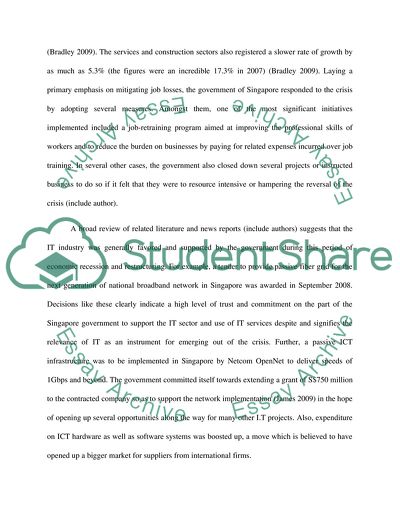Cite this document
(Effects of the Economic Downturn in Japan and Singapore Term Paper, n.d.)
Effects of the Economic Downturn in Japan and Singapore Term Paper. Retrieved from https://studentshare.org/macro-microeconomics/1740731-the-economic-downturn-effects-on-it-projects-in-singapore
Effects of the Economic Downturn in Japan and Singapore Term Paper. Retrieved from https://studentshare.org/macro-microeconomics/1740731-the-economic-downturn-effects-on-it-projects-in-singapore
(Effects of the Economic Downturn in Japan and Singapore Term Paper)
Effects of the Economic Downturn in Japan and Singapore Term Paper. https://studentshare.org/macro-microeconomics/1740731-the-economic-downturn-effects-on-it-projects-in-singapore.
Effects of the Economic Downturn in Japan and Singapore Term Paper. https://studentshare.org/macro-microeconomics/1740731-the-economic-downturn-effects-on-it-projects-in-singapore.
“Effects of the Economic Downturn in Japan and Singapore Term Paper”. https://studentshare.org/macro-microeconomics/1740731-the-economic-downturn-effects-on-it-projects-in-singapore.


